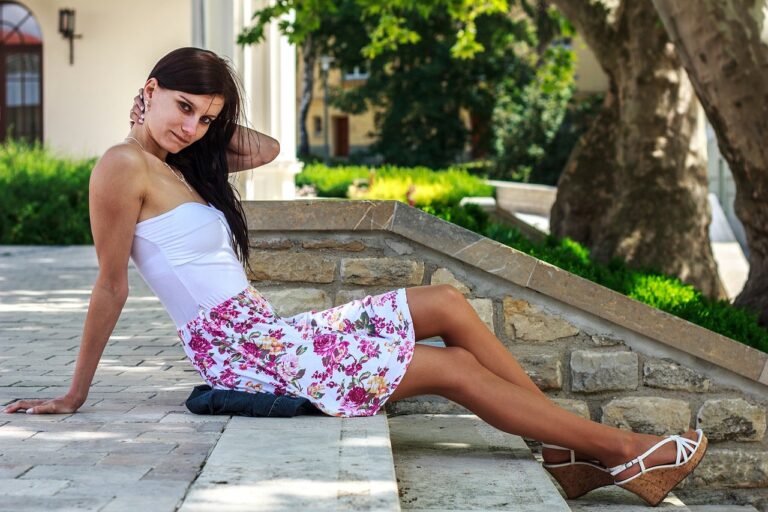The Psychology of Fashion: How Clothing Choices Impact Self-Perception and Confidence
Fashion trends wield a significant impact on how individuals perceive themselves. The ever-evolving nature of trends often dictates what is considered stylish and desirable, ultimately influencing one’s self-image. When individuals align their wardrobe choices with current trends, they are likely to feel more in tune with societal norms and expectations, which can boost their confidence and sense of belonging.
Moreover, the influence of fashion trends on self-image extends beyond mere aesthetics. Individuals often use clothing and styling as a means of self-expression and showcasing their identity to the world. By adhering to popular fashion trends, individuals can signal their affiliation with certain social groups or values, shaping how they are perceived by others and reinforcing their sense of self.
The Role of Color in Clothing Choices
Color plays a crucial role in the way we perceive and are perceived by others through our clothing choices. The colors we select to adorn ourselves with can greatly influence how we feel and the impressions we make on those around us. From vibrant and bold hues to soft and pastel tones, each color has the power to convey different emotions and messages.
When choosing colors for our outfits, it is important to consider the message we want to communicate. For example, wearing red can signal confidence and power, while opting for blue may evoke a sense of calm and professionalism. By being mindful of the colors we wear, we can align our clothing choices with our desired image and effectively express ourselves without saying a word.
How Personal Style Reflects Personality
One’s personal style is often a direct reflection of their unique personality traits and characteristics. The way an individual chooses to dress, accessorize, and present themselves to the world can speak volumes about who they are as a person. From bold and eclectic ensembles to minimalistic and understated looks, each style choice offers a glimpse into the wearer’s identity.
For example, someone who gravitates towards vibrant colors and eye-catching patterns may be seen as outgoing, creative, and confident. On the other hand, an individual who prefers classic silhouettes and neutral tones might be perceived as more reserved, practical, and detail-oriented. Personal style is an external expression of internal qualities, allowing individuals to showcase aspects of themselves without saying a word.
• Personal style reflects unique personality traits and characteristics
• The way an individual dresses can speak volumes about who they are as a person
• Bold and eclectic ensembles vs. minimalistic and understated looks offer glimpses into the wearer’s identity
• Vibrant colors and eye-catching patterns may indicate outgoing, creative, and confident traits
• Classic silhouettes and neutral tones might suggest reserved, practical, and detail-oriented qualities
How does personal style reflect personality?
Personal style reflects personality through the clothing choices, colors, patterns, and accessories that a person chooses to wear. It can showcase individuality, preferences, and values.
What role do fashion trends play in shaping self-image?
Fashion trends can influence self-image by providing individuals with new ideas, inspiration, and options for expressing themselves through clothing. However, it is important to remember that personal style should ultimately reflect one’s own personality and not just follow trends blindly.
How does color play a role in clothing choices?
Color can affect mood, emotions, and perceptions, so the colors we choose to wear can reflect our personality traits, preferences, and even our current mood. Different colors can convey different messages and meanings.
Can personal style change over time?
Yes, personal style can evolve and change over time as individuals grow, experience new things, and develop their sense of self. It is natural for personal style to shift and adapt as we go through different stages of life.





